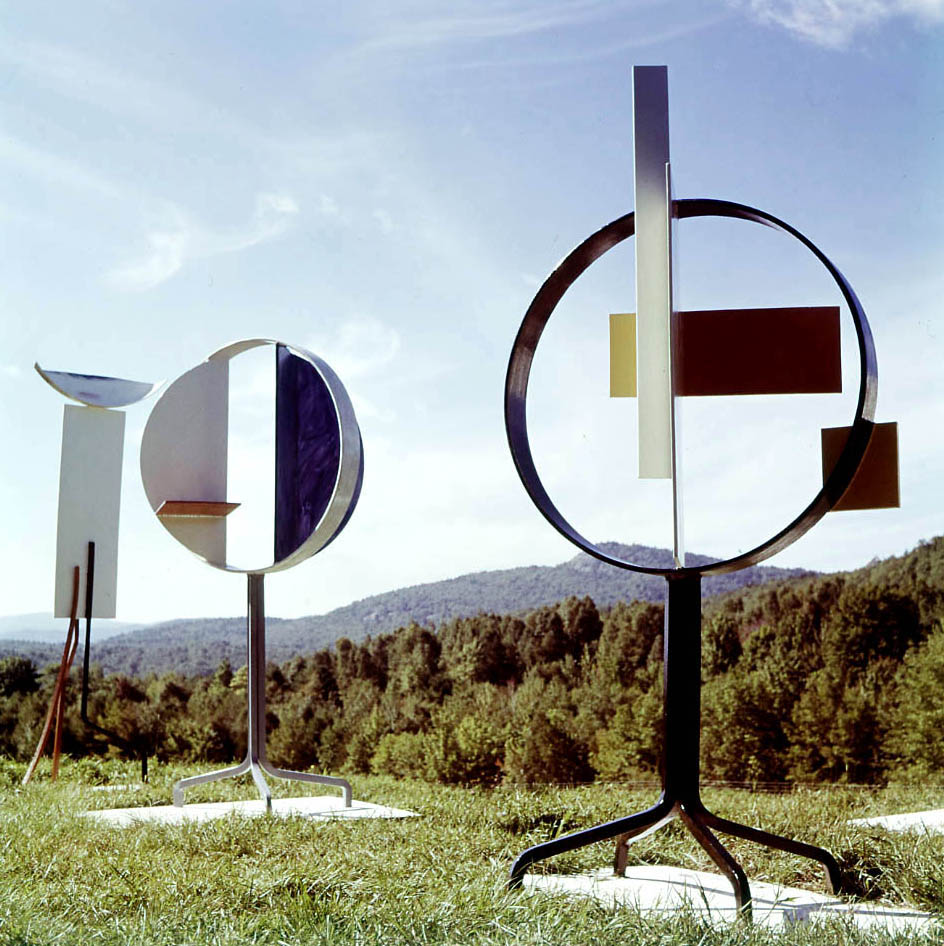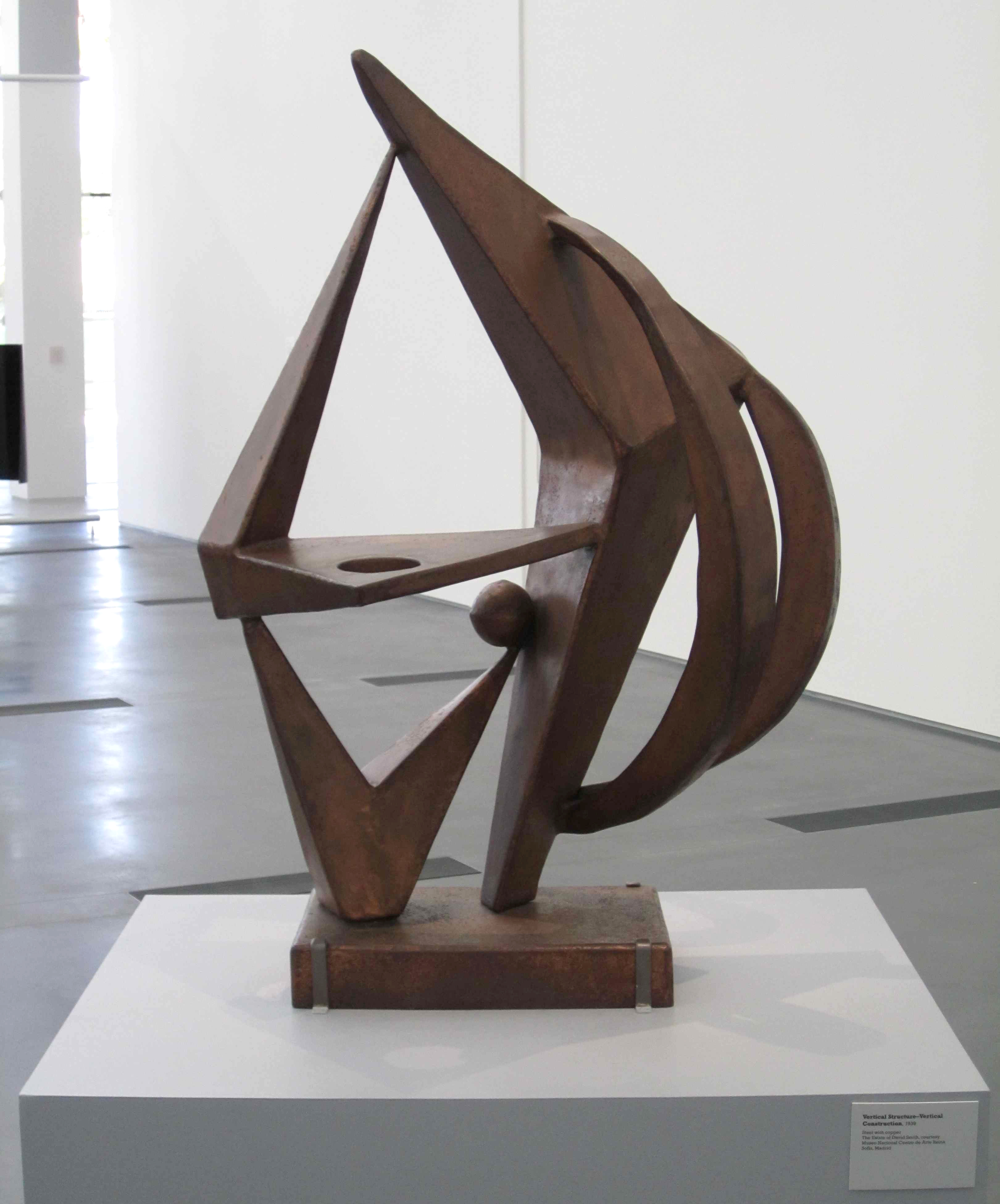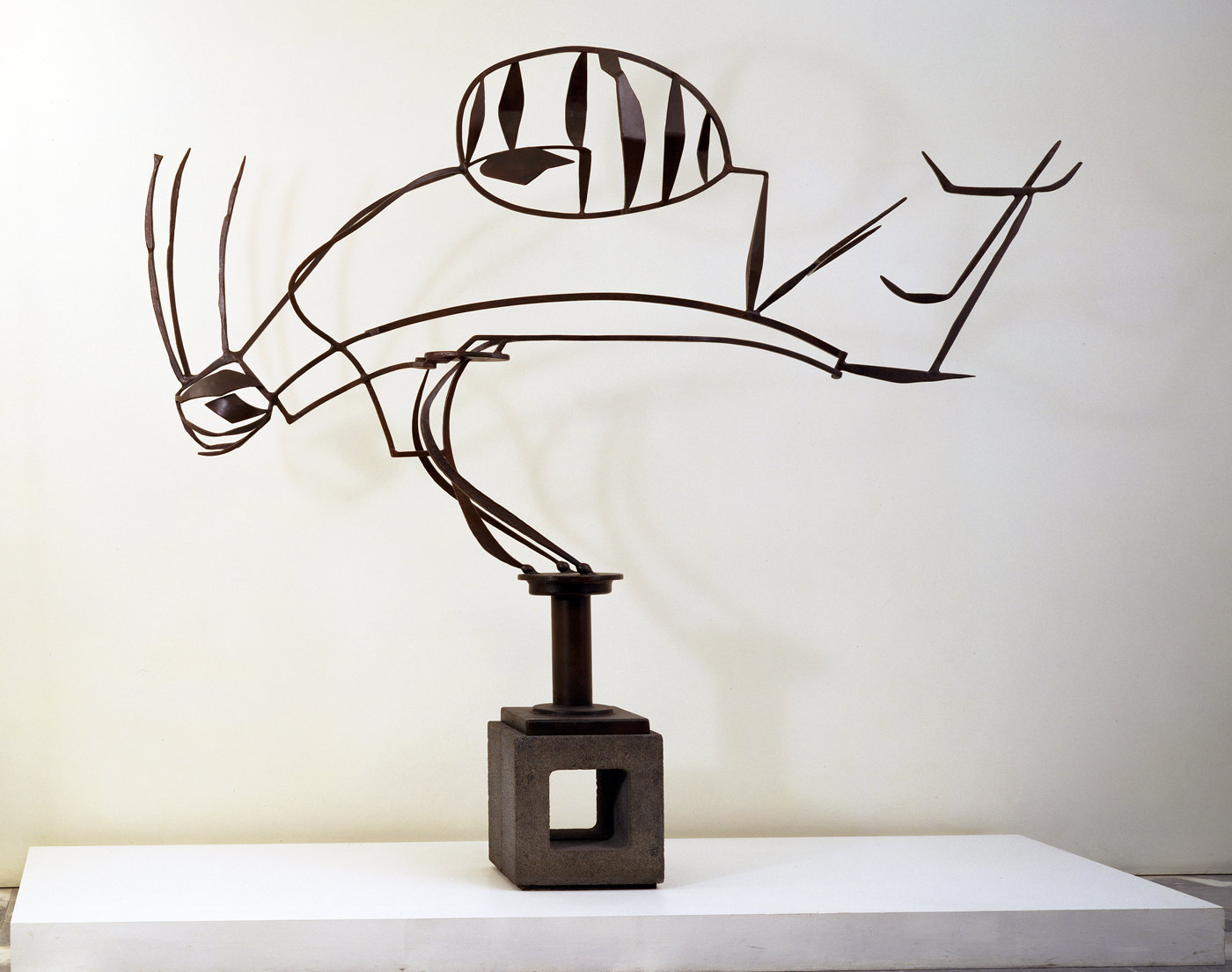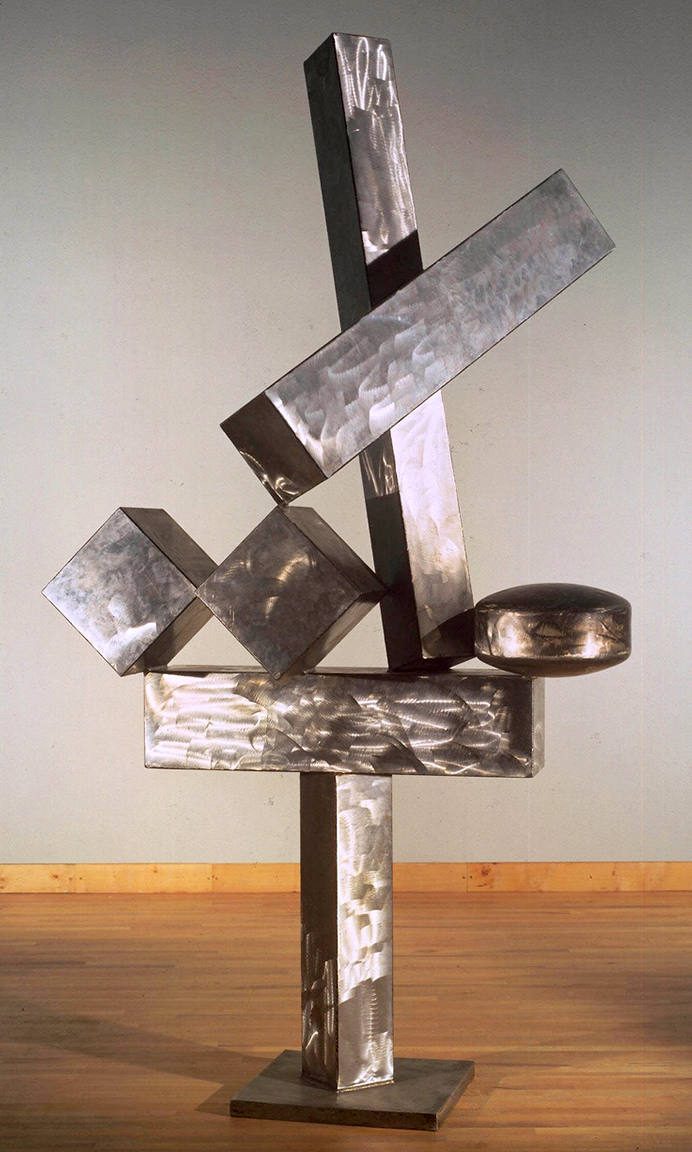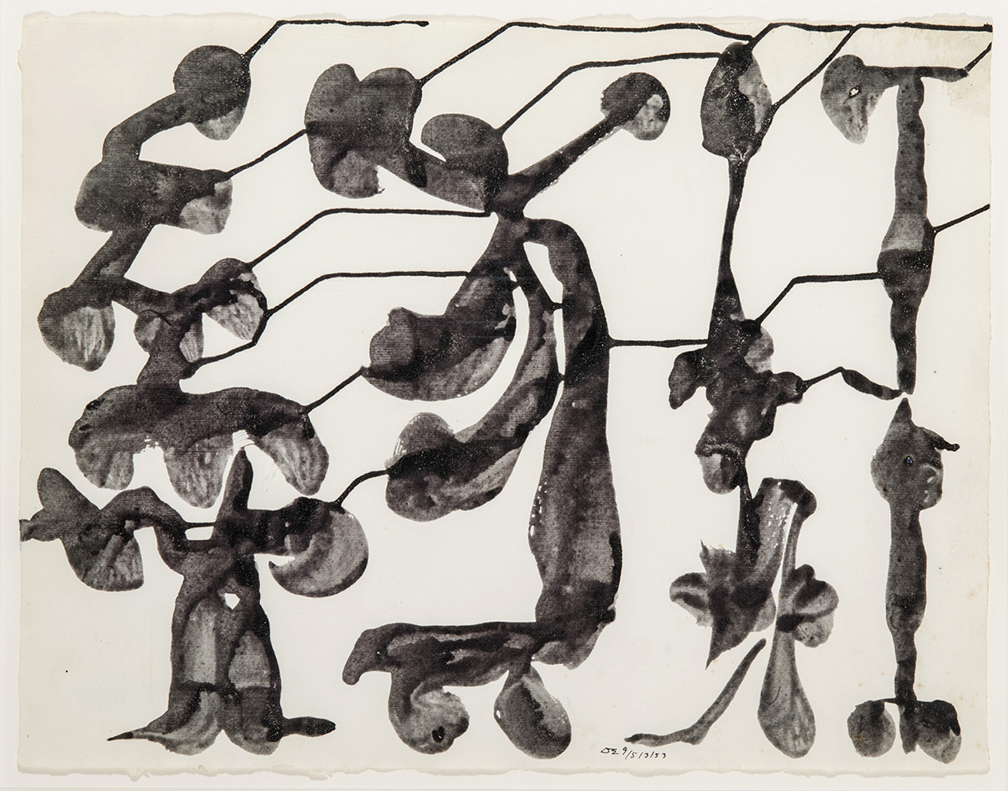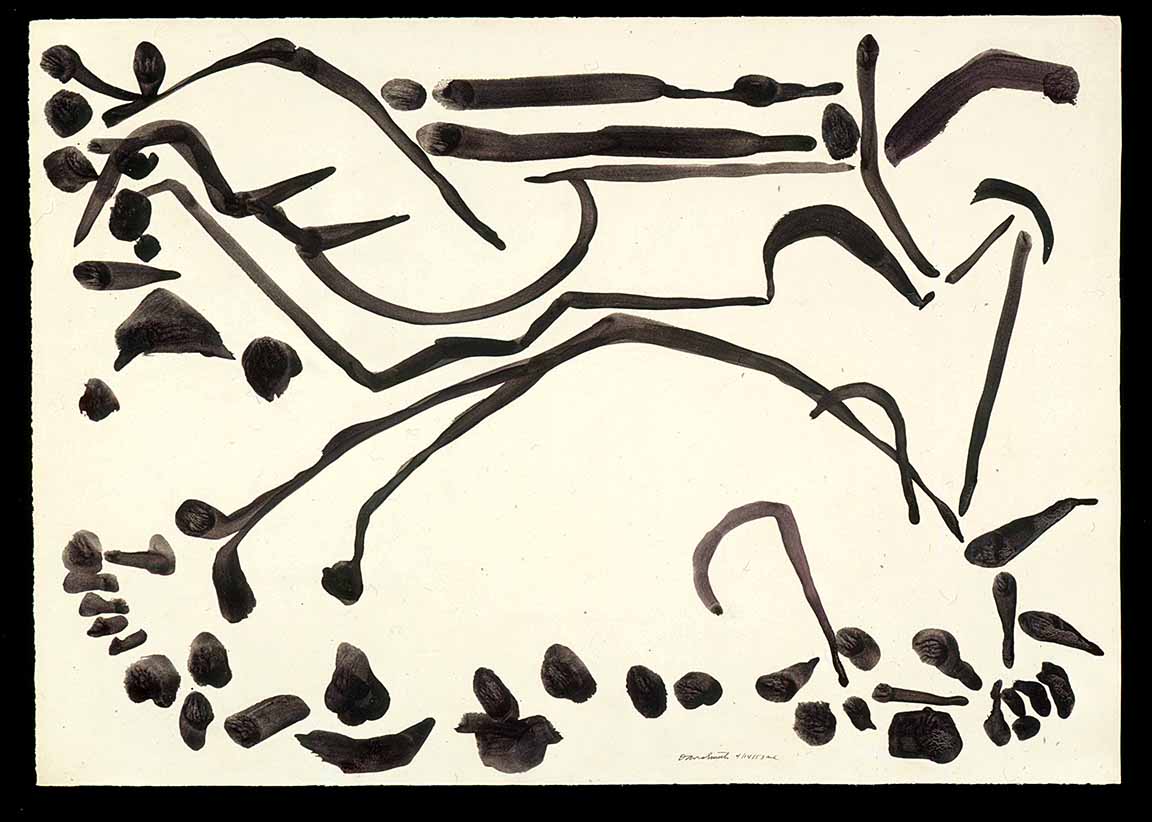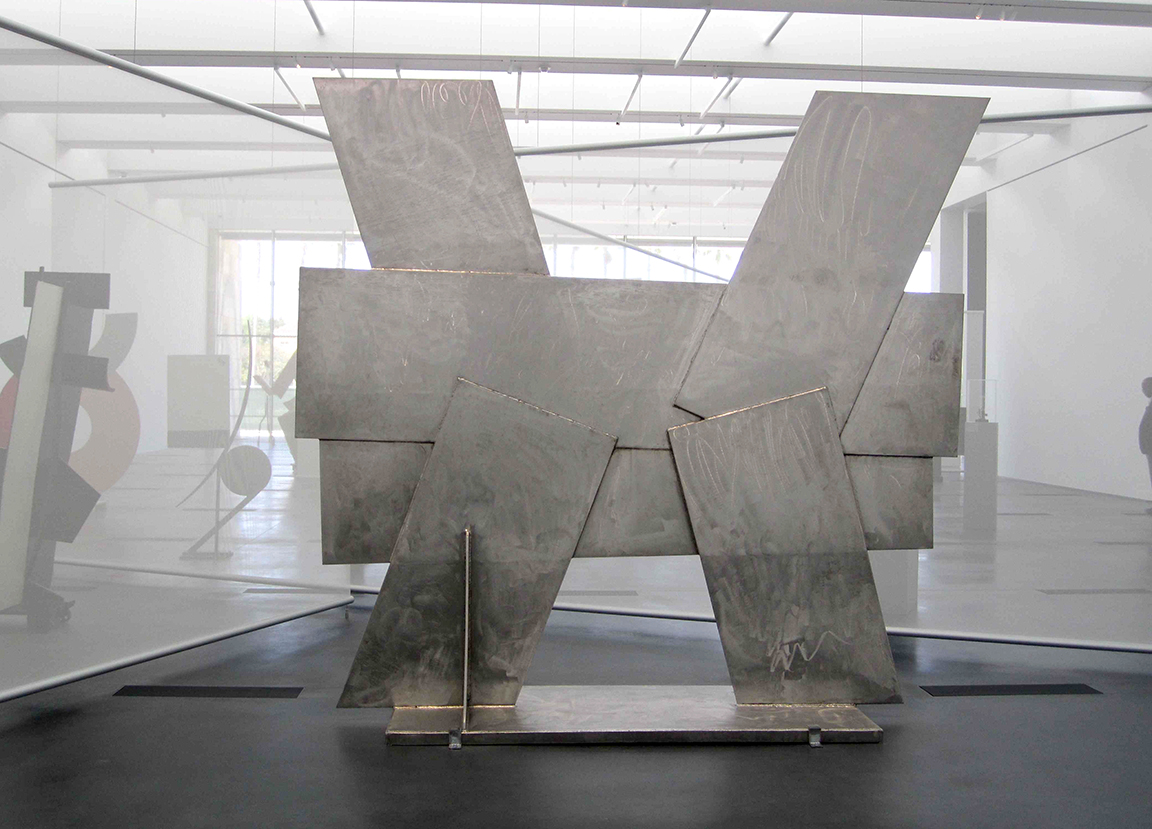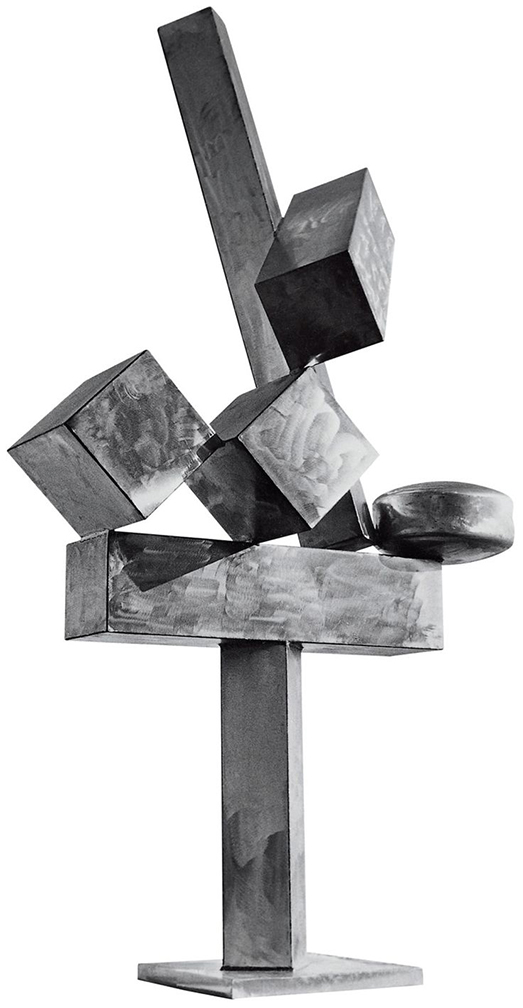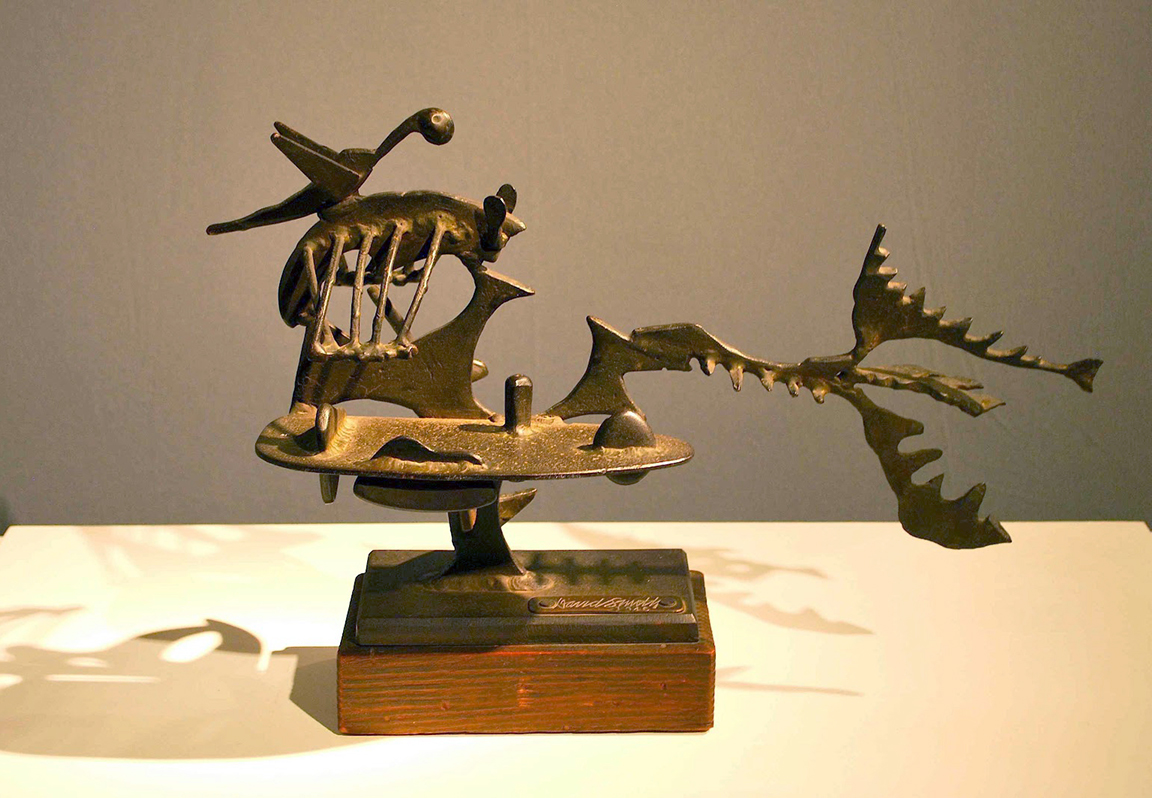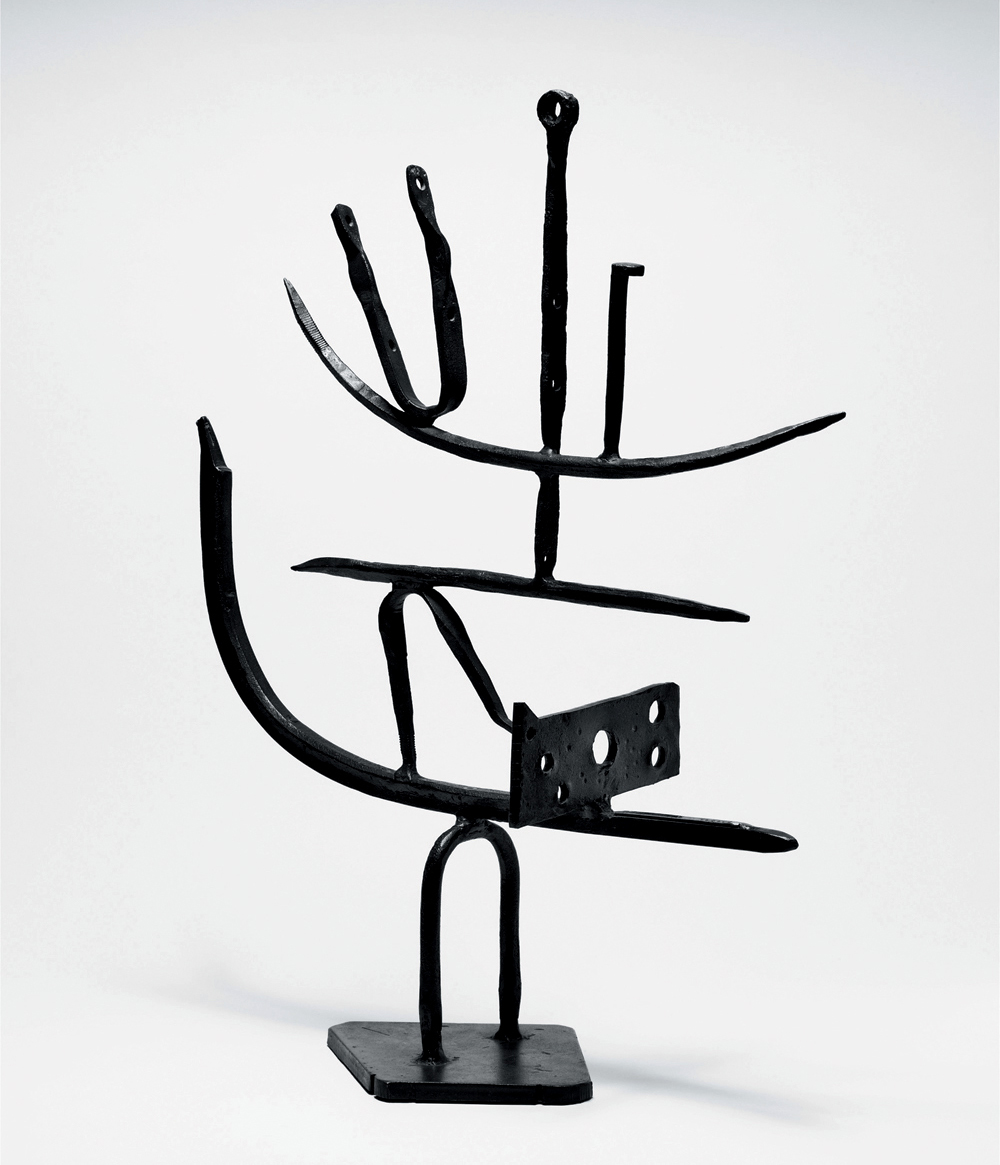
Art Gallery
david smith
AMERICAN ABSTRACT sculptor
Born: March 9, 1906 - Decatur, Indiana
Died: May 23, 1965 - South Shaftsbury, Vermont
“Art has its tradition, but it is a visual heritage. The artist’s language is the memory from sight. Art is made from dreams, and visions, and things not known, and least of all from things that can be said. It comes from the inside of who you are when you face yourself. It is an inner declaration of purpose, it is a factor which determines artist identity.”
Among the greatest American sculptors of the twentieth century, David Smith was the first to work with welded metal. He wove a rich mythology around this rugged work, often talking of the formative experiences he had in his youth while working in a car body workshop. Yet this only disguised a brilliant mind that fruitfully combined a range of influences from European modernism including Cubism, Surrealism, and Constructivism. It also concealed the motivations of a somewhat private man whose art was marked by expressions of trauma. Smith was close to painters such as Robert Motherwell, and in many respects he translated the painterly concerns of the Abstract Expressionists into sculpture. But far from being a follower, his achievement in sculpture was distinctive and influential. He brought qualities of industrial manufacturing into the language of art and proved to be an important influence on Minimalism. (Read More)
Collage was an important influence on Smith, and it shaped his work in various ways. It inspired him to see that a sculpture, just like a paper collage, could be made up of various existing elements. It also encouraged him to combine found objects like tools into his sculptures; it later influenced the way he contrasted figurative motifs and informed the way he assembled the large-scale geometric abstract sculptures of his last days.
The idea of the totem, a tribal art form that represents a group of related people, was an inspiration to Smith, and something for which he tried to find a modern form. Freud's ideas about totems led him to think of them as a fitting symbol for a world driven by violence, but it also suggested the idea that the sculptural object might keep the viewer at a distance, that it might almost be an object of fear and reverence.
One of the means by which Smith sought to keep the viewer from his sculptures - emotionally and intellectually - was to devise innovative approaches to composition. These were aimed at making it difficult for the viewer to perceive or imagine the entirety of the object at once, forcing us to consider it part by part. One method he used was to disperse pictorial motifs around the edge of the sculpture, so that our eyes have to move from one element to another. Another was to make the sculptures look and seem very different from the front than they do from the side.
Agricola IX
Song of the Landscape
“I do not often follow its path from a previously conceived drawing. If I have a strong feeling about its start, I do not need to know its end; the battle for solution is the most important. If the end of the work seems too complete and final, posing no question, I am apt to work back from the end, that in its finality it poses a question and not a solution.”
Construction 1932
CUBI XII - 1963
“Sometimes when I start a sculpture I begin with only a realized part; the rest is travel to be unfolded, much in the order of a dream.”
Untitled - 1955
Untitled - Ink on paper - 1959
“I do not recognize the limits where painting ends and sculpture begins.”
“My parents were every artist before me whose work I knew. ”
References
David Smith - the sculptor who drew with metal
http://www.phaidon.com/agenda/art/articles/2013/february/15/david-smith-the-sculptor-who-drew-with-metal/
David Smith Estate
http://www.davidsmithestate.org/
David Smith - American, 1906-1965 - Museum of Modern Art
http://www.moma.org/collection/artists/5480
David Smith: Related Clues - Art Review by Donald Goddard
http://www.newyorkartworld.com/reviews/smith.html





